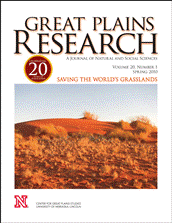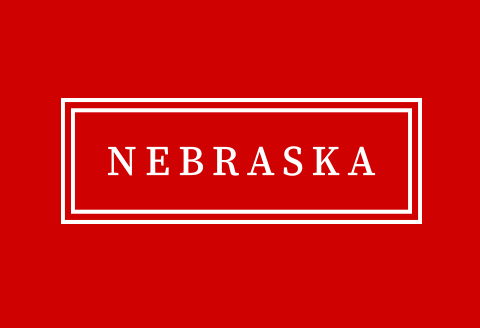Center for Great Plains Studies

Great Plains Research: A Journal of Natural and Social Sciences (through 2013)
Date of this Version
Spring 2010
Document Type
Article
Citation
Published in Great Plains Research 20.1 (Spring 2010): 141-42.
Abstract
With his latest book Meadows has made a significant contribution to our understanding of Native American ethnogeography. Comprehensive in scope, the work addresses the Kiowa people’s evolving relationship to the land from their initial migration from the headwaters of the Yellowstone River to contemporary life in rural southwestern Oklahoma. Meadows demonstrates that the Kiowa people have maintained a sense of homeland throughout two episodes of migration, confinement to a reservation, and the allotment of tribal lands in 1901. After providing a useful overview of research on Native American ethnogeography, he delves into a discussion of Kiowa interactions with the environment in the centuries preceding the reservation period. Meadows introduces Kiowa terms for geographic features and traces the interconnections between place names, personal names, and historic events. He also provides an overview of the 19th-century Kiowa cultural landscape, identifying and describing sites of cultural and historical significance.


Comments
Copyright 2010 Center for Great Plains Studies, University of Nebraska-Lincoln. Used by permission.